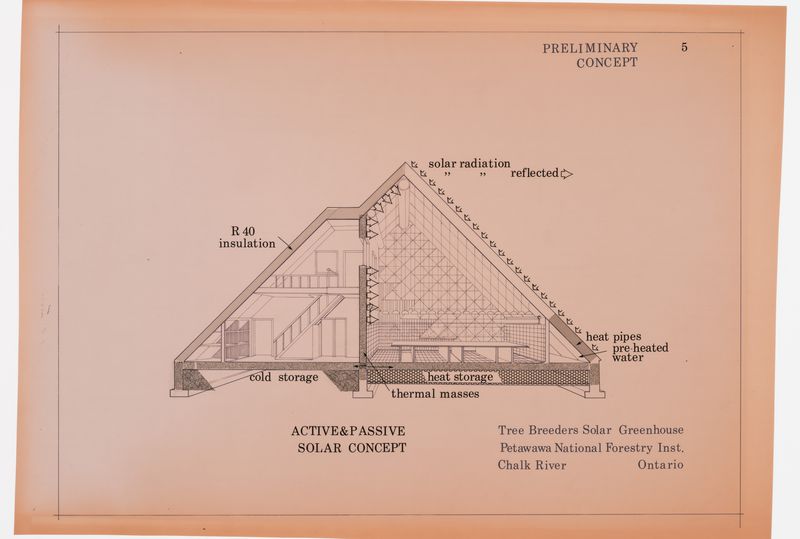We are solar societies. Depending on our location, the Earth’s rotation and its position relative to the sun determine the length of our day. Architecture continues to shape, reorient, and capture the light emitted by the sun to allow for conditions that can sustain human communities. Conversely, the absence of the sun signals the need for a form of shelter that mediates environmental conditions, often of declining temperature, and can minimize apertures to retain heat and human-made forms of light. Windows in particular are focal points for light and can lead to a network of ecological, social, and cultural considerations. At the broadest scale, architecture is determined by its position in relation to planetary cycles, with the sun allowing for the flourishing of human life.
For planet Earth this position was made particularly urgent in the 1970s, when it became apparent that chlorofluorocarbons (CFCs) were damaging the ozone layer. The “ozone hole” became a worldwide phenomenon and environmental threat, as well as a planetary-scale aperture for the damage wrought by chemical pollution. In the almost forty years that have passed since the detrimental effects of radiation on the planet due to the depletion of ozone were first discovered, the “hole” above Antarctica has almost entirely healed thanks to the international control and elimination of CFCs. In turn, it is carbon dioxide that has taken up the position of the dominant atmospheric threat.
Light under these conditions is no longer an uncomplicated factor in the provision of hygiene in the built environment. Apertures in particular amplify the role light can play in negotiating the built environment in relation to epidemiological concerns, new labour patterns, and the need for alternative forms of energy, among other issues. This emergent ecological reality is creating new practices, designs, and other social and material manifestations of architectural design that are above, below, and between; atmospheric, underground, and attentive to increasingly damaged landscapes all around us. Whether through increased average temperatures, more prevalent drought patterns, or sea level rise, light on this damaged planet is materially responsive to our human-impacted ecosystem. Apertures condense and make palpable this source of light and the need to question its root causes.
The CCA-WRI Research Fellowship seeks to understand architecture’s varied relationships to the changing material constitution of the light spectrum. For the 2022 edition of the program, we encouraged research proposals that address the following topics, as well as those that take the theme in new directions:
• The relationships between natural resources and the built environment
• New understandings of “sustainability” that include degrowth
• Architectural responses to global warming that privilege heating, cooling, and the management of light
• Historically and geographically specific typologies, from telescopes to factory floors, reliant on natural light
• Landscape projects that respond to precise and immediate forms of environmental damage and pollution
• Future-oriented understandings of design in the Anthropocene
• New relationships between humans and their surrounding ecosystems
• New relationships between non-humans and their surrounding ecosystems
• Interrogations of the material and political parameters of “green building”
• Solar radiation as an architectural material
• Social patterns in the built environment that privilege the use of underground spaces
The recognition of the manifold meanings and architectural mediations of light, which are becoming only more salient in our era of ecological crises, is common to both the CCA and the Window Research Institute. This affinity has led to our working with the WRI to jointly provide conditions for deep inquiries into the phenomenon of light. This collaboration represents a new model of fellowship for the CCA; whereas our institution observes an ever-expanding array of architectural subjects, the WRI holds a specific focus on light and windows, in their technological, cultural, and societal dimensions. This combination of research frameworks can afford special parameters for inquiries into this subject.
